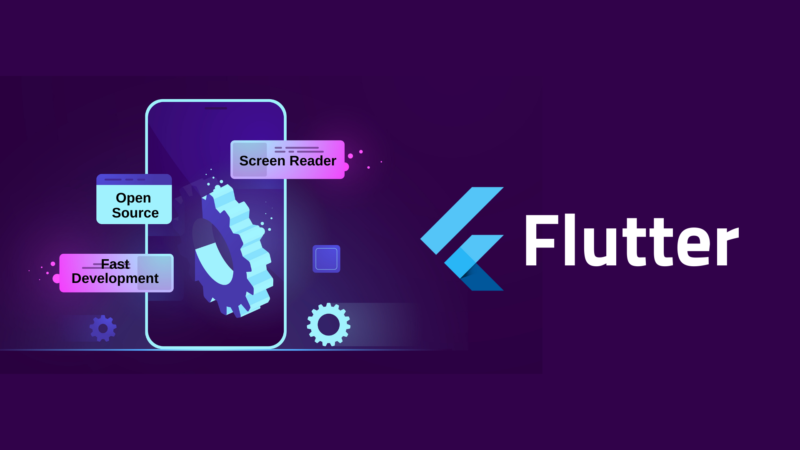Flutter
What is Flutter?
Definition:
Flutter is an open-source UI software development toolkit created by Google, designed to enable the development of natively compiled applications for mobile, web, and desktop from a single codebase. It provides a comprehensive framework that allows developers to create visually appealing and high-performance applications across different platforms, such as iOS, Android, Windows, macOS, and Linux.
Analogy:
Imagine Flutter as a versatile chef’s knife in a kitchen. Just as a chef’s knife can perform various tasks efficiently, Flutter enables developers to build diverse applications seamlessly across multiple platforms.
Further Description:
Flutter offers several key features and components:
Single Codebase: Developers write code once and deploy it on different platforms, reducing development time and effort.
Widgets: Flutter uses a reactive framework composed of widgets, allowing developers to create a consistent and customizable user interface across platforms.
Hot Reload: The Hot Reload feature enables developers to see the immediate impact of code changes in real-time, speeding up the development and testing process.
High Performance: Flutter compiles to native code, resulting in high-performance applications with smooth animations and a responsive user interface.
Rich Set of Widgets: Flutter provides a rich set of pre-designed widgets for common UI elements, facilitating the development of aesthetically pleasing and functional interfaces.
Why is Flutter Important?
Fast Development: Flutter accelerates the development process by allowing developers to work with a single codebase for multiple platforms, leading to faster time-to-market.
Consistent UI/UX: The reactive framework and extensive widget library ensure a consistent user interface and experience across various devices and platforms.
Cost-Effective: Building applications with Flutter can be cost-effective as it eliminates the need for separate development teams for each platform.
Adaptable to Different Screens: Flutter’s flexibility allows developers to create applications that adapt seamlessly to different screen sizes and resolutions.
Community Support: Flutter has a growing and active community, contributing to its continuous improvement and providing support to developers.
Examples and Usage:
Google Ads: Google Ads app is built with Flutter, providing a unified experience for users across both iOS and Android devices.
Alibaba: Alibaba, a leading e-commerce platform, utilizes Flutter for its Xianyu app, delivering a consistent and visually appealing interface.
Reflectly: The popular journaling app, Reflectly, is developed using Flutter, showcasing its ability to create engaging and intuitive user interfaces.
Key Takeaways:
- Flutter is an open-source UI toolkit by Google for building natively compiled applications for mobile, web, and desktop.
- It allows developers to use a single codebase for multiple platforms, promoting efficiency and consistency.
- Flutter’s reactive framework, Hot Reload, and rich widget library contribute to a fast and visually appealing development process.
- Applications built with Flutter exhibit high performance, adaptability to various screens, and cost-effectiveness.
- Examples of Flutter applications include Google Ads, Alibaba’s Xianyu app, and Reflectly journaling app.
Table of Contents





